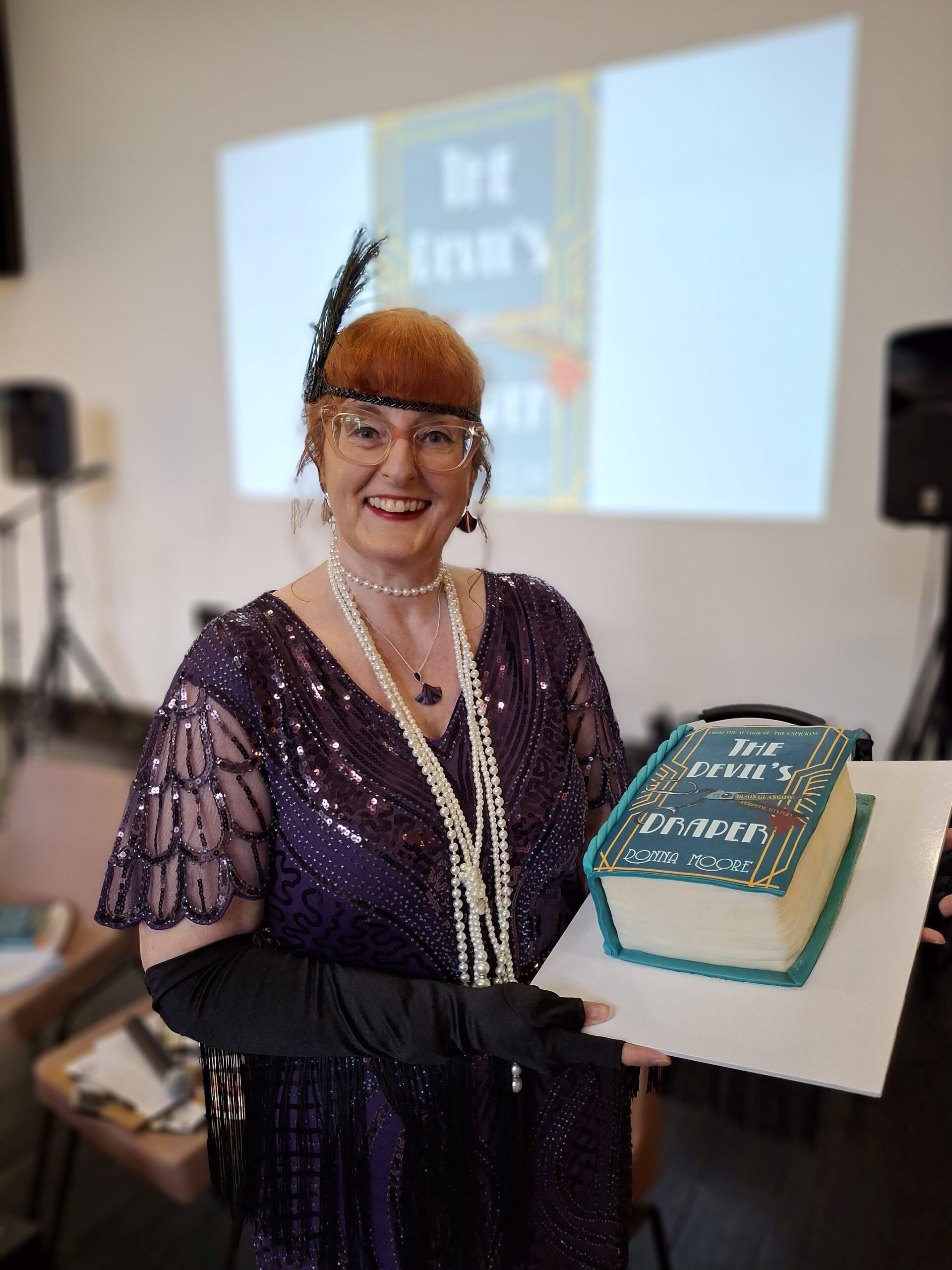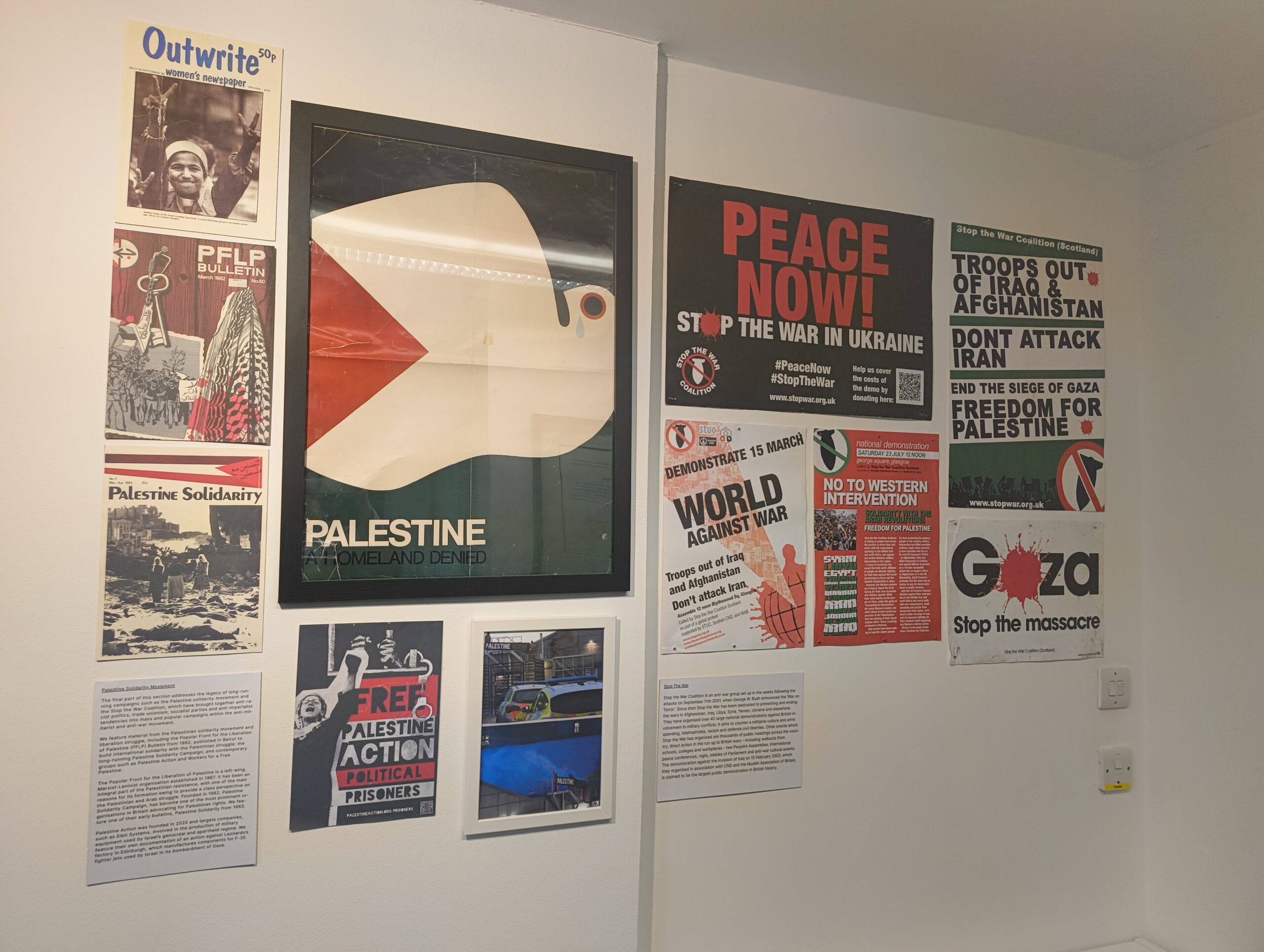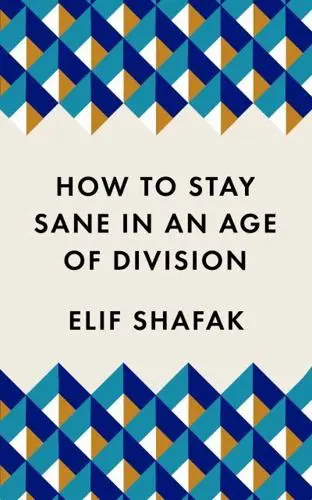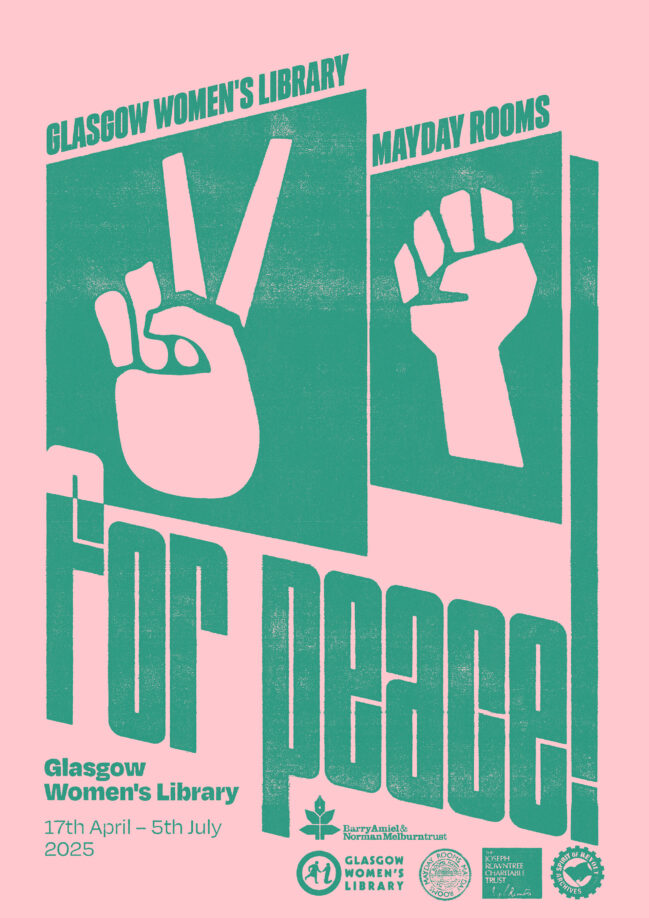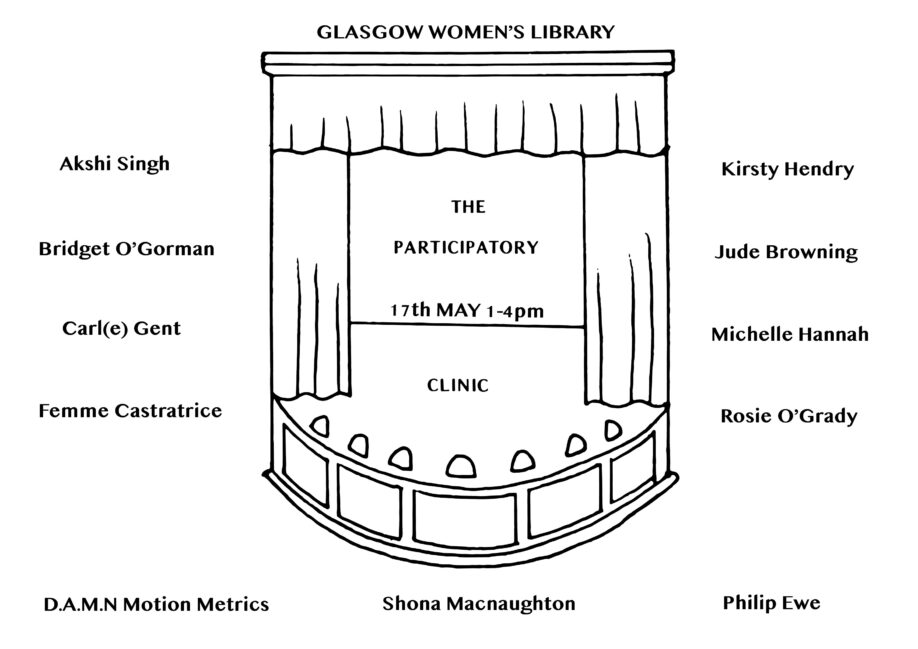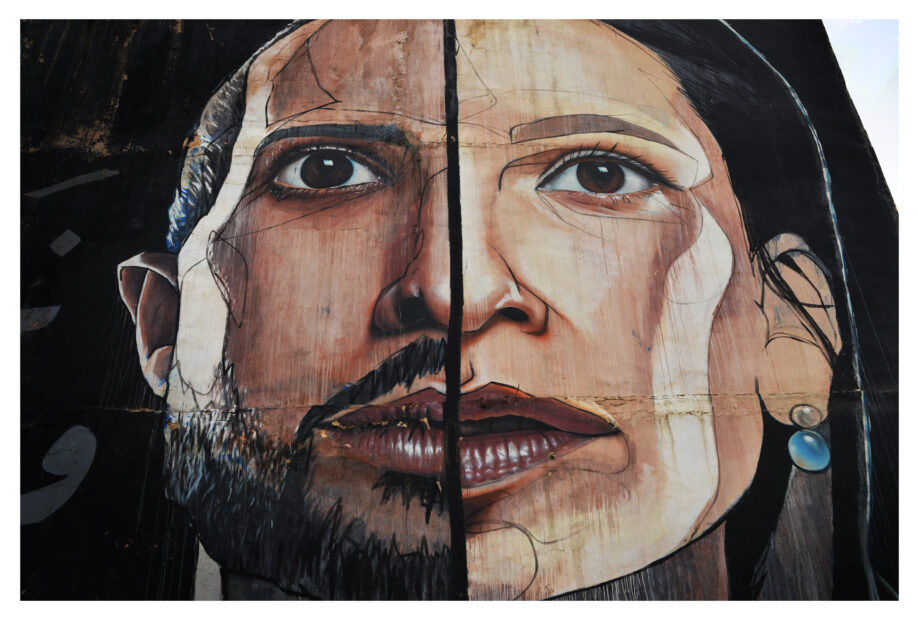“I write because I don’t know what I think until I read what I say.” –Flannery O’Connor.
This is how Rupi Kaur summed-up what the process of writing means to her during an Instagram live writing class she hosted in late March 2020. Kaur is an Indian-born Canadian poet, illustrator and author of Milk and Honey (2014) and The Sun and her Flowers (2017).
This was her second time in as many weeks running such an event. The catalyst? The COVID-19 pandemic. The result? An incredibly healing writing experience shared with over 8,000 people around the globe, all trying to make sense of what life is and will be for the next wee while.
I do not consider myself a ‘writer.’ Sure, I write. A journal, academic essays, text messages, but poetry has always intimidated me. Still, at a time when very little makes sense and everything is new, I figured why not see what happens? The writing class took place on a Friday. My mood? Wobbly at best. What transpired however, was so therapeutic that I felt compelled to continue on writing- and dedicate a whole blog post to the event.
To start, Kaur was clear about letting go of any expectations of our writing. We were to kick our inner editor out of the room. The important part of this was the process. If the result was decent even better.
The session was broken into 3 activities: a stream of consciousness writing task, a step-by-step tutorial on how to write a spoken word poem, and a fun mind-map game that got our minds’ thesauruses invited to the party. It is the second activity that I found to be the most powerful, although each provided its own satisfaction.
I’d like to share the second task, as I think it is a good activity to do for anyone struggling to express in words how they are feeling and what the heck is up at the moment.
Kaur provided a guide to structuring the poem using a mixture of sentence prompts and themes for each paragraph. I invite you to give it a go too, whether this is only ever read by you or you find yourself wanting share the results in the comments below. Give yourself 4-5 minutes to write each stanza. However, you can stop before the 5 minutes is up if you feel satisfied.
Step 1: Name something you are struggling with now. This can be anything from a specific person, emotion or, indeed the situation we are currently facing. What ever you land on is the title of your poem.
Step 2: Begin by writing “We met in another time…” Don’t judge it. Just let it flow. Do not refer directly to your struggle, rather allude to it. I began:
We met in another time,
Yet in the same place…
Step 3: Follow this with “And here you are…”. Use lots of metaphor and simile to avoid directly naming your foe.
And here you are
Shapeless, soundless, intangible,
You appear…
Step 4: NAME IT. Call. It. Out. This time get explicit. What is this thing that is bothering you?
You- my visitor, are desire.
Desire for change. Desire for a thrill.
Desire for things to be different.
Step 5: CHALLENGE IT. Take away its power. Stand up to discomfort.
Shapeless, soundless you may be.
But I have a voice, I have free will.
I am in control of my decisions.
Step 6: Catharsis. Imagine you have overcome your struggle and are now able to rejoice. What is it like? How do you feel?
Questions now faced, I am joyous.
I am free.
I am dancing, laughing and loving.
After I completed this writing task my whole energy had transformed, from an earlier case of melancholy to a feeling of openness and calm. I felt immense gratitude to Kaur for guiding me on how to do this.
I realise writing this way may not be for everyone, but I do think there is a lot of truth in the O’Connor quote. Writing is a release. It organises our ideas. It gives space for reflection. It slows us down. It allows us to explore. It may be that stream of consciousness writing, as is suggested in The Artist’s Way (1992, Julia Cameron), for the first 30 minutes of your day provides some solace, or it may be that sharing dirty limericks on Whatsapp with your friends does the trick.
Looking for more? Follow Rupi Kaur on Instagram to find out about what she is up to. Checkout #writewithrupi as well if you’d like to read other people’s work.
And for more creative writing prompts and inspiration you also check out these suggestions by Gillian Shirreff who uses writing to help manage chronic pain.

